





Against a backdrop of climate change, an aging population, and an ongoing pandemic, Singapore continues to position itself as an innovation-driven, knowledge-based economy. This requires a research community that lends its collective knowledge to proposing innovative, yet accessible solutions to society’s needs. At NUS we contribute to this effort by encouraging problem-driven research within interdisciplinary domains that are both globally relevant, and of strategic importance to the country.
In the area of Health Innovation, our researchers bring cutting edge technologies to medical interventions, diagnostics and treatments. Recent examples include smart bandages that provide data on chronic wounds, and smart sutures that detect complications in deep surgical wounds. Interdisciplinary collaborations within this research domain are also enabling social initiatives aimed at improving the wellbeing of Singapore’s aging population.
Another area with exciting developments is Materials Research, which brings modern tools such s rtifci inte igence to tr ition teri s science n ies engineering rinci es to r s technology development and application. In October 2021, a new Research Centre of Excellence, the Institute for Functional Intelligent Materials (I-FIM), was launched. This institute, which is supported by the Ministry of Education and hosted at NUS, will enable researchers to use machine learning and robotics to design materials with properties that can dynamically change in response to environmental stimuli. These materials are therefore functional and intelligent.
Our Smart Nation research continues to progress with the launch of the Cisco-NUS Accelerated Digital Economy Corporate Laboratory, which is supported by the National Research Foundation. It i foc s on f e str tegic rese rc re s i e t boosting ing ore s igit econo y ese re rtifci nte igence e t c re ybersec rity rb n nfr str ct re n t re or orce n Productivity.
Finally, our focus on Sustainability and Urban Solutions s recei e signifc nt boost it the establishment of the Sustainable and Green Finance Institute (SG-FIN), a new research institute supported by the Monetary Authority of Singapore. SG-FIN aims to shape sustainability outcomes and o icy ing cross fn nci sectors n ition eig t te s e by rese rc ers ere recent y awarded funding under the Low-Carbon Energy Research Funding Initiative (LCER FI) to develop cutting-edge low-carbon energy technology solutions to curb climate change. These projects will lead to innovative approaches for carbon capture, storage and utilisation.
The impact our researchers make continues to resonate around the world. In 2021 several NUS rese rc ers ere recognise for t eir contrib tions to t eir res ecti e fe s n o i e to congratulate all who were awarded recently. In particular, I would like to recognise Prof Brenda Yeoh, who was awarded the Vautrin Lud Prize in Geography; Prof Liu Bin, who received the Kabiller o ng n estig tor r n rof y g rof inf ng ssoc rof oo eng on n sst rof Yvonne Gao, who were recognised at the President’s Science and Technology Awards 2021; for their contributions to the advancement of science and technology in Singapore.
Professor Chen Tsuhan
Deputy President (Research & Technology)

11,580 Research publications


3537 countries 166 from
Our researchers collaborated with institutes & universities



5 Research Centres of Excellence^


33 Research Institutes & Centres^


4 Corporate Laboratories^


17 Schools & Faculties^
Total research funds awarded by external sources
From industry and other government sources (local and overseas)
Total awarded by the Ministry of Education Awarded by the National Research Foundation

NUS Research is centred on four interdisciplinary research areas. These are health innovation, materials research, smart nation and sustainability.
Our researchers work to innovate and develop solutions that meet the present and emerging needs of Singapore, Asia, and the world.
*Based on FY2020. ^Accurate as of January 2022. All other data based on Calendar Year 2020.
Machine learning plays a central role in automated decision-making
risks
that was used to train the models. This is a serious threat, because security mechanisms such as access control (which are useful during the data collection phase) cannot prevent the leakage of such information.
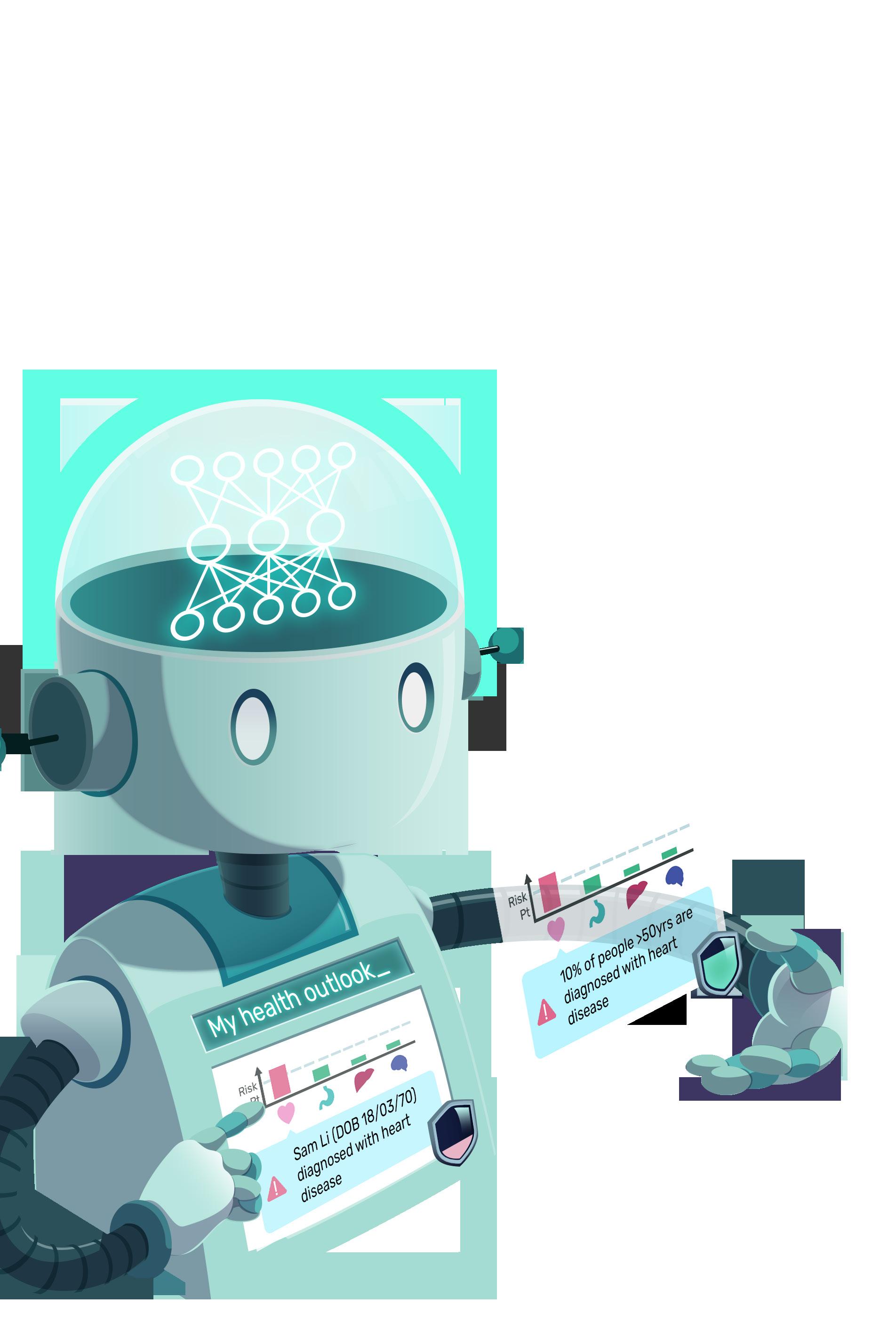
t conf enti ity st be protected against entities who should not have direct access to the data. onf enti ity beco es n iss e en data computation, like model training, is performed on an untrusted platform such as the cloud. In this case, we can use cryptographic technologies (such as homomorphic encryption, secure multi-party computation, and trusted hardware) for blind computation, where the computer can neither see the data nor the intermediate steps of t e co t tion o e er t e o t t of s c co t tion t e o e s is designed for a wide range of users, which can cause a new privacy issue.
Our research1, 2, 3 shows that model parameters and predictions made by machine learning models can reveal signifc nt o nt of infor tion about their training data. For example, in a language model, a user can infer which sentences were most likely used during the training. This violates data privacy, and may harm the individuals who contribute the training data – especially if the data contains personal information.
To ensure models do not contain excess information from the training data, complementary privacy protection methods are needed. Information related to in i i t recor s s o be kept hidden, while information related to tterns i entife fro gro

data records is allowed to be learned and shared by the model. This method, known as differential privacy, preserves individual privacy while enabling machine learning (extracting useful pattern from training data for prediction) to be achieved.
Using this method, two machine learning models that are trained on two disctinct data sets (differing only in one individual data record) are almost indistinguishable. This allows accurate data training at a population level while creating inaccuracies at an individual level, thereby reducing its value should an attacker attempt to extract information.
tisfying bot conf enti ity n differential privacy provides considerable data protection in many practical scenarios. To widely adopt such an approach, several questions must be addressed: how can privacy risks be ntife n o c n ri cy be protected while respecting expectations from machine learning algorithms (like prediction accuracy, algorithmic fairness, transparency, and scalability)?
e c n e s re ri cy ris s of machine learning algorithm as the amount of information that an adversary can possibly infer about each training data record, by observing the model.
e ntify t is ris t ro g o e ing of the adversary and measuring the success of e bers i inference tt c s is allows us to predict whether an adversary can identify a particular data record that was used during the training. This approach is being used in academia and industry as the systematic methodology for “auditing data privacy for machine e rning
Guidelines by the European Commission n t e ite o se c for rotection of personal data during all the phases of deploying AI systems and require systems to be resistant to such attacks. Recent reports published by the Information o issioner s ffce so ig ig t privacy risks such as vulnerabilities to membership inference as a privacy violation and potential threat to a model’s training data. ICO recommends organisations to identify these threats and take measures to minimise the risk.
At NUS, we have designed state of the art algorithms for membership inference, and developed an open source tool, ML Privacy Meter4 is too ntifes o much information the models leak about each individual record in their training set and produces reports about which data points are vulnerable and how much the total privacy risk is. The tool is also being used in academia and in industry.
Auditing privacy allows data protection policies to be proactive and effective. ri cy eter st be ie for auditing the privacy risks of a machine learning algorithm quantitatively. The complementing element is having ro b e g r ntees for t ri cy to make sure all the risks within the ss e t re t o e re s ffcient y mitigated5.
For Singapore to be a trusted hub for AI and Machine Learning based technologies, it is imperative that we pioneer the foundational technologies for large-scale computations with robust data protection mechanisms. In our “data privacy and trustworthy machine e rning b t e re t ing signifc nt ste s to r s t is go
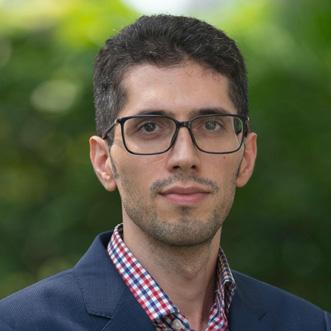
Reza Shokri is a NUS Presidential Young Professor, leading a research lab on data privacy and trustworthy machine e rning in o ter cience e is a recipient of the IEEE Security and Privacy Test-of-Time Award 2021, for his er on ntifying oc tion ri cy e also received the Caspar Bowden Award for Outstanding Research in Privacy Enhancing Technologies in 2018, for his work on analyzing the privacy risks of machine learning algorithms. Beyond these achievements, he is also awarded the NUS Early Career Research Award re r y reer c ty r 2021, Meta (Facebook) Faculty Research Award 2021, and Intel Faculty Research Award (Private AI Collaborative Research Institute) 2021, for his work on analyzing and mitigating the privacy risks of machine learning algorithms.

References:
1 Reza Shokri, Marco Stronati, Congzheng Song, and Vitaly Shmatikov, Membership Inference Attacks against Machine Learning Models, IEEE Symposium on Security and Privacy (S&P) — Oakland, 2017.
2 i sr e o ri n ir o ns r Comprehensive Privacy Analysis of Deep Learning: ssi e n cti e ite bo nference tt c s g inst Centralized and Federated Learning, IEEE Symposium on Security and Privacy (S&P) — Oakland, 2019
3 Jiayuan Ye, Aadyaa Maddi, Sasi Kumar Murakonda, and Reza Shokri, Enhanced Membership Inference Attacks against Machine Learning Models, 2021 4 http://privacy-meter.com/
5 Rishav Chourasia*, Jiayuan Ye*, and Reza Shokri, Differential Privacy Dynamics of Langevin Diffusion and Noisy Gradient Descent, Conference on Neural Information Processing Systems (NeurIPS), Spotlight presentation, 2021

The Institute for Functional Intelligent teri s is t e or s frst institute that is dedicated to the design, synthesis, and application of functional intelligent materials and NUS’ newest Research Centre of Excellence (RCE).
ost teri s i e stee e f e properties. I-FIM intends to create intelligent and adaptive materials with properties that can dynamically change according to the environment – crucial for rtifci org ns s rt e br nes smart batteries, and many others. This is done by turning traditional research approach of trial and error into an interdisciplinary method that leverages on modern tools – from machine learning to rtifci inte igence to n oc ne smart materials, explained Professor Chen Tsuhan, Deputy President (Research and Technology) at NUS.
e on t nt to be s es to t e e isting teri s e nt to be b e
to create our own materials with predetermined common properties for gi en ic tions s i rofessor ir Konstantin Novoselov, Nobel-Prizewinning materials scientist and director of it rof o ose o n rofessor Antonio Castro Neto at the helm, I-FIM oins f e ot er s in ing ore t t are geared towards advancing research excellence on a national level.
I-FIM is on a mission to grow its multidisciplinary panel of experts across machine learning, mathematics, material science, physics, chemistry, and biology, to achieve a quantum leap breakthrough.
Beyond the science, the team at the Institute is also developing new materials that could revolutionise many technologies – making them greener, more affordable, and smarter to solve real-life problems that could impact the world.
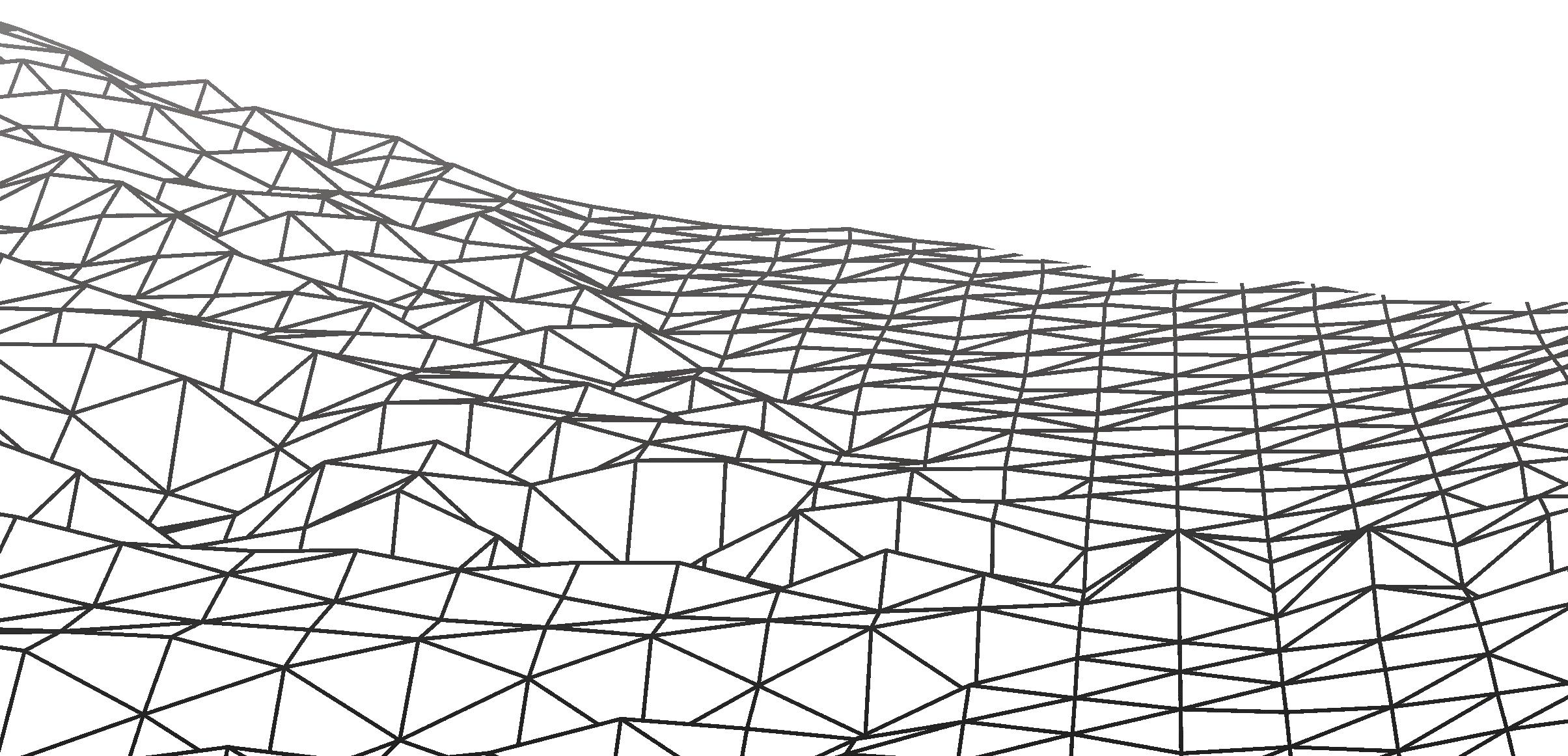

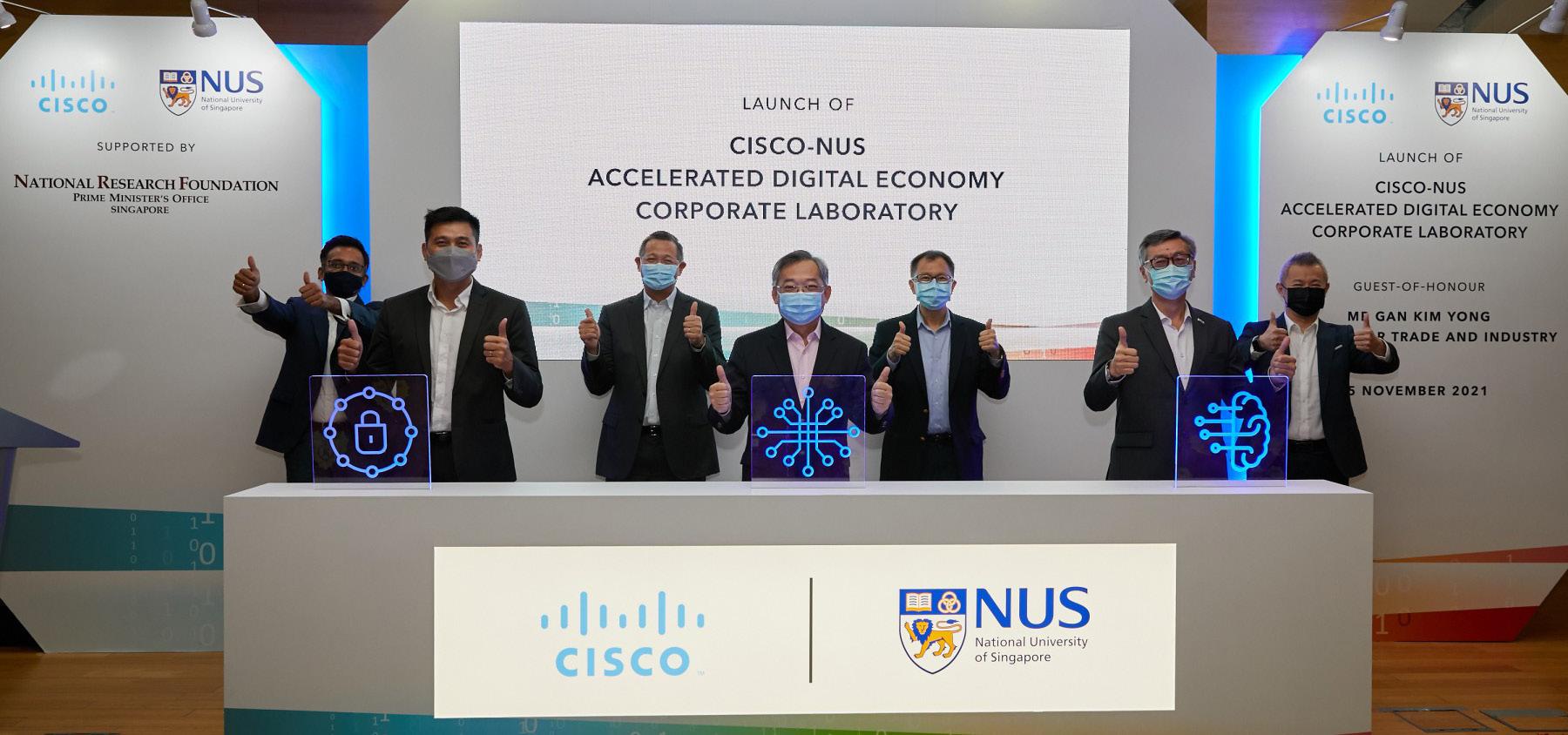
NUS and global technology leader Cisco launched a Corporate Laboratory to boost innovation and research in key technology re s inc ing rtifci inte igence (AI), healthcare, urban infrastructure and cybersecurity. These capabilities are crucial in driving Singapore’s knowledgebased, innovation-driven digital economy.
Based at NUS’ Kent Ridge campus, the Cisco-NUS Accelerated Digital Economy
Corporate Laboratory was established with an investment of S$54 million o er f e ye rs n is s orte by the National Research Foundation Singapore (NRF Singapore). The Corp Lab will be helmed by Associate Professor Biplab Sikdar from NUS Electrical and Computer Engineering, and Mr Jeremy Lim, Manager of the Cisco Singapore CoInnovation Center.
The Lab will take a multi-sectoral and multi-disciplinary approach to accelerate Singapore’s Digital Economy transformation by developing solutions to automate and scale business operations; developing intelligent infrastructure for healthcare; building and operationalising secure and resilient next-generation infrastructure for Internet of Things and enterprise environments; and harnessing technology to augment and drive productivity of a future-ready professional workforce.
NUS will be establishing a new research institute to develop deep research and c bi ities in t e re of green fn nce and sustainability focusing on Asia by the end of the year. The Sustainable and Green Finance Institute (SGFIN) will provide thought leadership and shape sustainability outcomes and policymaking across the real economy and fn nci sectors
SGFIN is supported by the Monetary Authority of Singapore (MAS) and will be helmed by NUS Business School faculty members Professor Sumit Agarwal as the Institute’s Managing Director, Associate Professor Johan Sulaeman as its Director n ssoci te rofessor ng ein s its Deputy Director.
SGFIN plans to embark on academic and applied research in providing relevant fn nci so tions n fr e or s to address pressing climate and social challenges faced by the world and particularly the region.

NUS has signed a Memorandum of n erst n ing o it on eb er ices for co bor tion to boost t e development of quantum communication and computing technologies, and explore potential industry applications of quantum capabilities.
n er t e o i s ort nt ngineering Programme (QEP) in the development of quantum computing research and projects, and connect to the National Quantum-Safe Network for quantum communications. Both areas include the i entifc tion of se c ses n e e o ent of ic tions t t could support future commercialisation of Singapore-designed quantum computing and communication technologies, and the
oint org nis tion of c e ic scientifc n b ic o tre c activities like seminars, workshops, festivals, and conferences
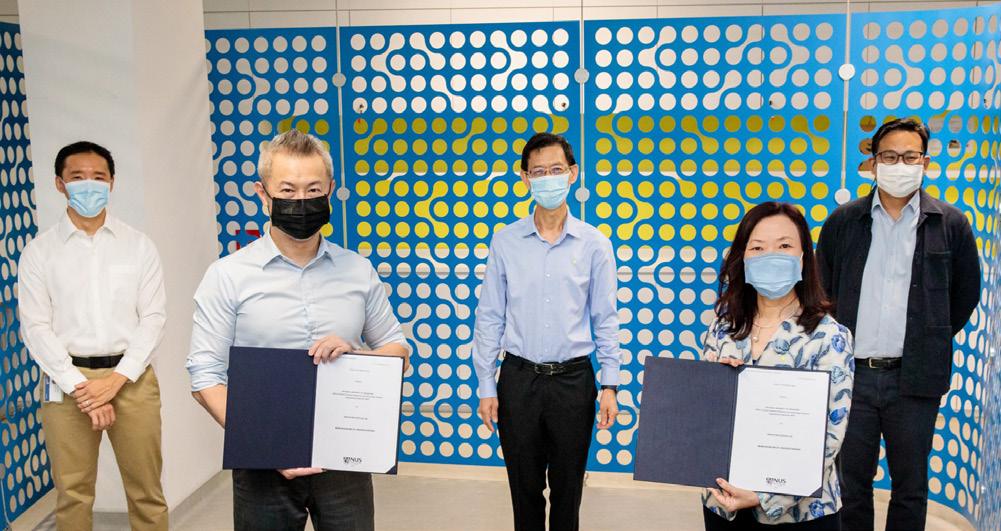
The East Asian Institute (EAI) at the NUS has established the Korea Centre to spearhead research on governance, peace and development in t e ore n enins e frst of its in in Southeast Asia, the new Centre seeks to contribute to understanding and interaction between the two Koreas (North and South Korea) and ASEAN countries.
e e by r eng r t e entre is e co e by t e embassies to Singapore of the Republic of Korea and the Democratic People’s Republic of Korea, with support from the Korea Foundation. Its vision is to become a leading knowledge b in t e si cifc o tsi e of t e ore n enins foc sing on contemporary Korean politics, economy, society and
international relations, as well as North-South interaction in the Korean Peninsula.
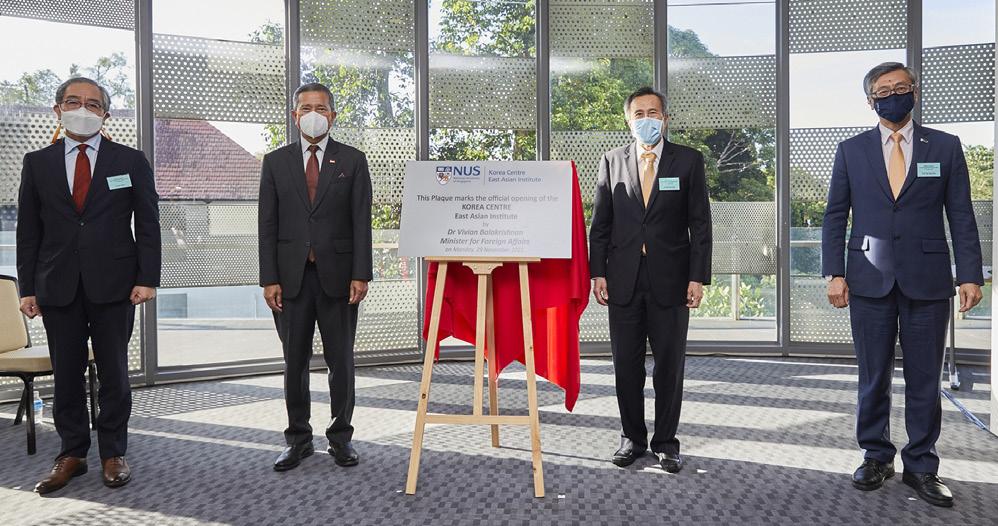
NUS and Thales have inked a Memorandum of Understanding (MoU) to mark the start of a two-year partnership to jointly develop and test quantum technologies for commercial applications.
Under the MoU, Singapore’s Quantum Engineering Programme (QEP) and Thales aim to advance quantum technologies and prepare industry players for their arrival. The partnership will see industry and academic experts develop capabilities to test and evaluate interdisciplinary quantum security technologies; explore potential research collaboration opportunities in t e fe s of ne teri s n esign for nt sensing
and develop devices that tap on quantum physics for higher performance, which is an area of focus under Singapore’s Research, Innovation and Enterprise 2025 Plan (RIE2025).
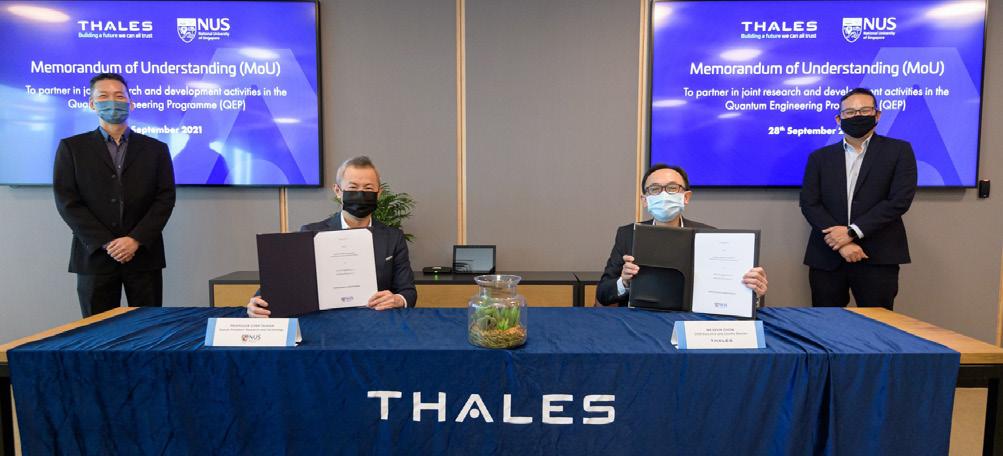
Top researchers in NUS have been recognised for their contributions to the advancement of science and technology in Singapore, and the world.
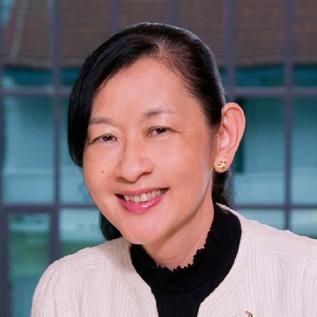
Prof Ng, a member of the Duke-NUS Governing Board, clinical professor at Duke-NUS and NUS Medicine as well s ro of ing e t s conferre t e for her outstanding leadership in the development of academic medicine in Singapore, nurturing clinical research talent, and for pushing the boundaries of medicine to improve health and healthcare delivery. She has also been a tireless advocate for biomedical research, innovation and education.
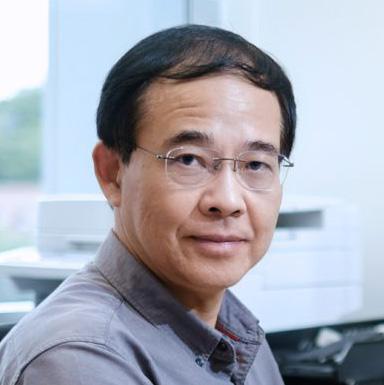
rof ng fro e rogr e in erging Infectious Diseases was awarded the PSA for his bre t ro g rese rc n contrib tions to t e fe of b t bio ogy n e erging ir tr ns ission is or will help to better predict, prevent and control future viral spill, and has implications for other conditions inc ing c ncer in tion n geing re te ise ses rof ng s contrib te signifc nt y to Singapore’s response to the COVID-19 pandemic, including the development of a novel rapid serological test kit - cPass™.
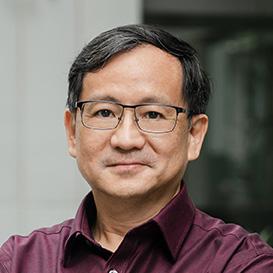
Assoc Prof Too from NUS Medicine received the PTA for his groundbreaking work in developing an accurate and versatile method to detect microRNA (miRNA) biomarkers, leading to the clinical implementation of blood tests for early detection of diseases such as cancer. Assoc Prof Too is so t e scientifc o fo n er ief cientifc isor and Non-executive Chairman of MiRXES, a Singaporeheadquartered biotechnology company that has licensed and commercialised his miRNA detection technology.
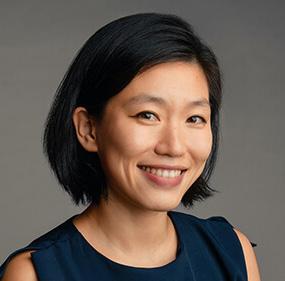
Asst Prof Gao from NUS Physics and CQT was presented with the YSA for her work on developing the key hardware building blocks – such as novel device rc itect res for nt co ters er rese rc is critical for up-scaling quantum devices while effectively reser ing t eir erfor nce er or s so resulted in two patents which have been licensed in a Yale spin-off based in the United States. Asst Prof Gao also mentors the next generation of young scientists through public talks, popular science writing and school outreach activities.
32 NUS researchers have been placed among some of the world’s most highly cited researchers, ccor ing to t e ig y ite Researchers 2021 List published by data n ytics fr ri te
Neuroscience & Behaviour
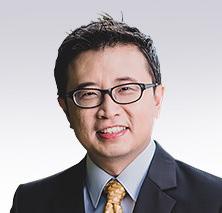
Associate Professor Thomas YEO Boon Thye
Dept of ECE, CDE Centre for Sleep and Cognition Centre for Translational MR Research nstit te for e t

Professor Antonio BERTOLETTI Duke-NUS Medical School
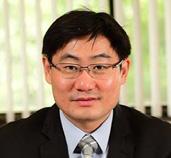

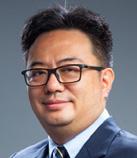

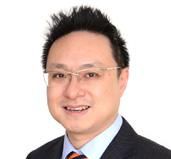
Professor CHEN Wei
Dept of Chemistry, FoS Dept of Physics, FoS
Associate Professor Goki EDA
Dept of Chemistry, FoS Dept of Physics, FoS
Professor Derek John HAUSENLOY
Duke-NUS Medical School
Assistant Professor Cyrus HO
Dept of Psychol Med, YLLSoM
Associate Professor Roger HO Chun-Man
Dept of Psychol Med, YLLSoM
Chemistry
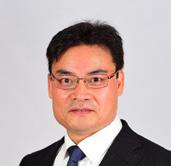
Professor JIANG Donglin Dept of Chemistry, FoS
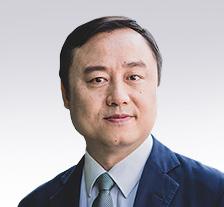
Professor LIU Xiaogang
Dept of Chemistry, FoS
Clinical Medicine

Professor WONG Tien Yin
Duke-NUS Medical School Dept of Ophth, YLLSoM
Cross-Field
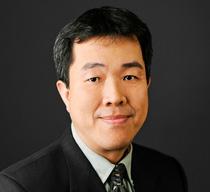

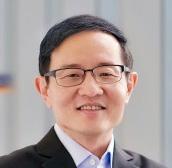

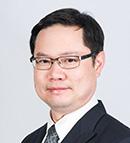
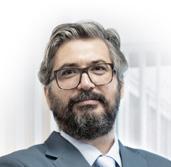
Associate Professor Sibudjing KAWI Dept of ChBE, CDE
Research Assistant Professor Alan Prem KUMAR
Dept of Pharmacology, YLLSoM CSI Singapore
Professor LIM Chwee Teck
Dept of BME, CDE nstit te for e t Innovation & Technology Mechanobiology Institute, NUS
Professor LIU Bin Dept of ChBE, CDE
Professor LOH Kian Ping Dept of Chemistry, FoS
Professor Barbaros ÖZYILMAZ
Dept of MSE, CDE Dept of Physics, FoS Centre for Advanced 2D Materials
Computer Science
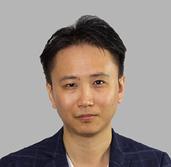
Dr TAN Jen Hong NUS Institute of Systems Science
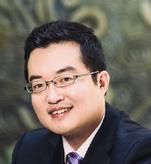
Professor ZHANG Rui
Dept of ECE, CDE

Professor GE Shuzhi Sam Dept of ECE, CDE
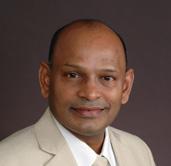
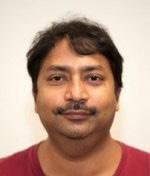

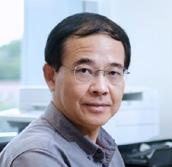
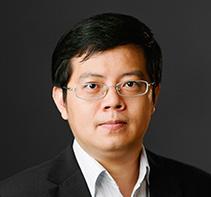
Professor Seeram RAMAKRISHNA Dept of ME, CDE
Dr Muthu Kumaraswamy SHANMUGAM Dept of Pharmacology, YLLSoM
Assistant Professor Benjamin TEE
Dept of MSE, CDE Dept of ECE, CDE
Professor WANG Linfa Duke-NUS Medical School
Associate Professor XIE Jianping Dept of ChBE, CDE
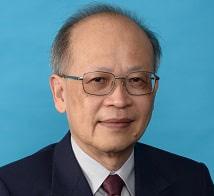
Professor ANG Beng Wah NUS Energy Studies Institute Dept of ISEM, CDE Economics & Business
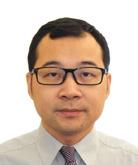
Dr SU Bin NUS Energy Studies Institute Dept of ISEM, CDE
Pharmacology & Toxicology
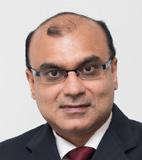
Associate Professor Gautam SETHI Dept of Pharmacology, YLLSoM
Physics
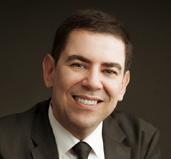

Professor Antonio Helio CASTRO NETO Centre for Advanced 2D
Materials
Dept of Physics, FoS Dept of MSE, CDE
Associate Professor QIU Cheng Wei Dept of ECE, CDE
Materials Science
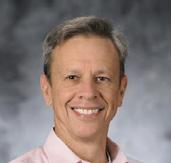
Professor Guillermo C. BAZAN
Dept of Chemistry, FoS


Professor Sir Konstantin NOVOSELOV
NUS Institute for Functional Intelligent Materials Dept of MSE, CDE
Professor John WANG
Dept of MSE, CDE
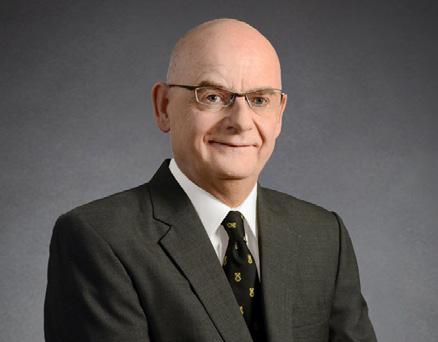
rofessor rry i e enior isor (Academic Appointments and Research ce ence ffce of t e enior Deputy President and Provost, has been conferred Citation Laureate for 2021. The distinction is awarded by information and insights company Clarivate to researchers whose work has been deemed to be of obe ss s t ey re ong t e
ost ig y cite n in enti e en tr nsfor ti e in t eir fe s it tion Laureate candidates are selected from authors of the 0.01 per cent of some 52 million articles and proceedings that have been cited 2,000 times or more. Prof i e is one of scientists ro n t e or iste in t e of it tion Laureates this year.
Five young researchers from NUS who have made great achievements in t eir res ecti e fe s e been i entife s ong t e ost in enti inno tors in si cifc o re yo nger t n
Recognised in the 2021 MIT Technology e ie nno tors n er si cifc
List, these honourees were selected by judges, based on criteria such as: impact, ingenuity, daring, timeliness, entrepreneurial accomplishments, and communication skills.
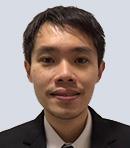
Asst Prof Koh Ming Joo from NUS Chemistry has successfully developed realistic and less costly c t yst syste s is s st in b e ro c i signifc nt y en nce t e y ny i ort nt molecules are prepared in terms of cost savings, as well as the amount of waste generated.
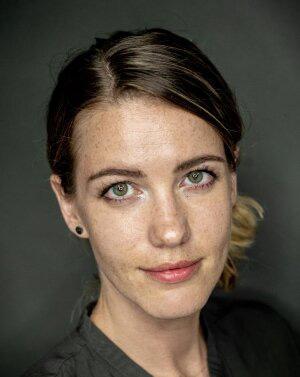
Dr Agata Blasiak was instrumental in the e e o ent of n rtifci inte igence (AI) platform CURATE.AI to assist doctors in Singapore to optimise the dose of chemotherapy drugs.
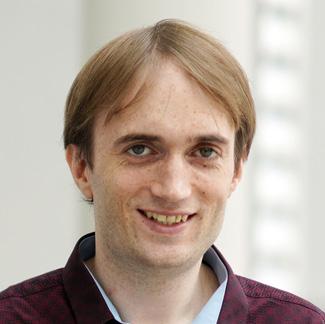
Asst Prof Jonathan Scarlett from NUS Computer Science and NUS Mathematics has spent years in better understanding the mathematical algorithms and theory behind group testing. is or ro i e ne recise c r cteris tions of the performance bounds for algorithms and impossibility results.
NUS geographer Brenda Yeoh awarded the prestigious ‘Nobel Prize for Geography’
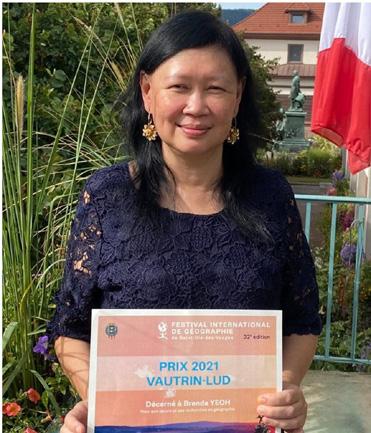
Professor Brenda Yeoh from NUS Geography, Faculty of Arts and Social Sciences has been awarded the international Vautrin Lud Prize 2021 in Geography and t e frst ing ore n to recei e this accolade. Modelled after the Nobel Prize, it is awarded to geographers for outstanding c ie e ents in t e fe e s ee e ertise or ing on a wide range of migration research in Asia, including key themes such as cosmopolitanism and highly skilled talent migration.
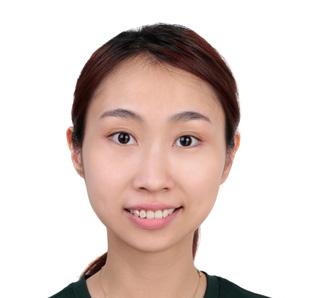
Asst Prof Tan Yu Jun from NUS Mechanical Engineering developed a new and unique oro o y er t t s ery ig ie ectric permittivity with good elastic properties, and several other innovative materials.
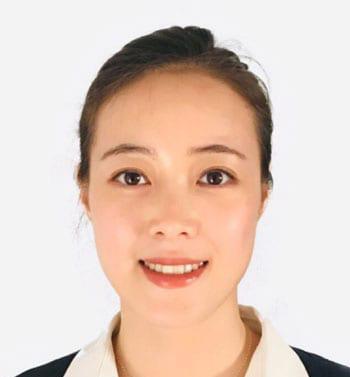
Asst Prof Shin Sunmi from NUS Mechanical Engineering devised a series of novel setups that demonstrated the capability to enhance and directly measure the coherent thermal emission from nanoscale emitters with exceedingly low emitting power from cryogenic to room temperature.
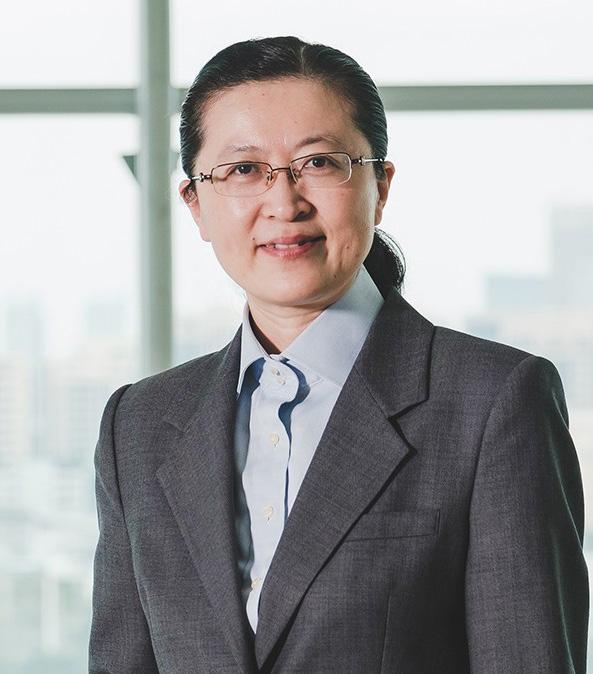
Professor Liu Bin, NUS Senior ice ro ost n e of Chemical and Biomolecular Engineering has bagged the Kabiller Young Investigator’s Award in Nanoscience and Nanomedicine.
Prof Liu was recognised for er rese rc in fn ing practical solutions for disease diagnosis and treatment through multidisciplinary collaborative projects, such as the e e o ent of br in t or s ecifc i ging gents for t or i entifc tion n i ge g i e s rgery

Monitoring surgical wounds after an operation is an important step to prevent infection, wound separation and other complications.
To detect wound complications as soon as they occur, a team of researchers, e by ssist nt rofessor o n o fro
A research team led by Professor Lim Chwee Teck from NUS Biomedical ngineering n nstit te for e t nno tion ec no ogy i e t tec in collaboration with clinical partners fro ing ore ener os it has developed a smart wearable sensor that can conduct real-time,
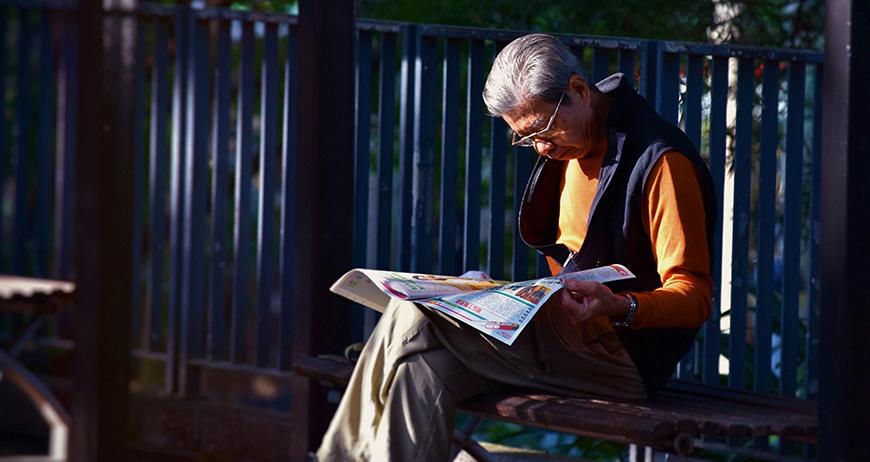
point-of-care assessment of chronic wounds wirelessly via an app. The novel sensor technology can detect key factors inc ing in tory f ctors s ecifc to chronic wounds within 15 minutes, hence enabling fast and accurate wound assessment.
Social distancing measures brought about by the ongoing COVID-19 pandemic have exacerbated social isolation, especially among the elderly. Now, researchers from NUS Yong Loo Lin School of Medicine and Faculty of Arts and Social Sciences, have studied factors associated with social
A new study led by researchers from NUS and conducted at the National Centre for Infectious Diseases (NCID), revealed that severe acute respiratory syndrome coronavirus (SARS-CoV-2) particles can be aerosolised by an infected person during talking and singing. The researchers
conc e t t fne res ir tory eroso s y y signifc nt ro e in o transmission, especially in an indoor environment, and hence, should be taken into consideration when planning infection prevention measures.
the NUS Electrical and Computer Engineering as well as the NUS Institute for e t nno tion ec no ogy s invented a smart suture that is batteryfree and can wirelessly sense and transmit information from deep surgical sites.
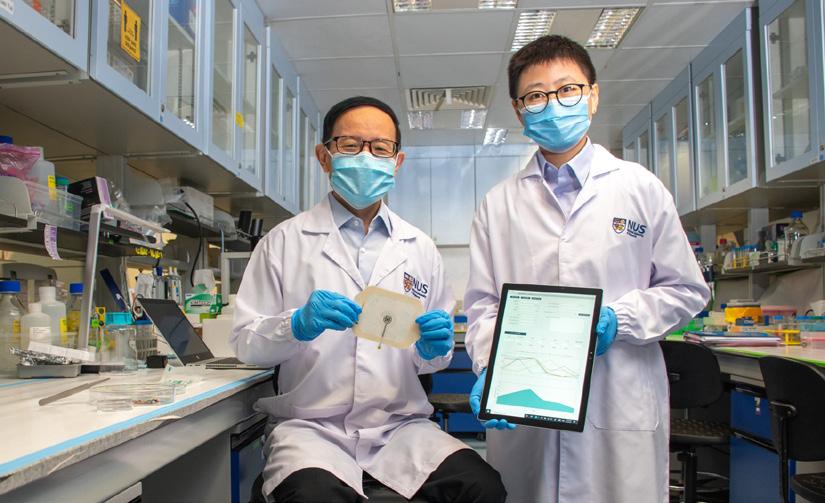
isolation in a cohort of 16,943 communitydwelling seniors. The results of this study have been described, and published in Gerontology on 16 June 2021.
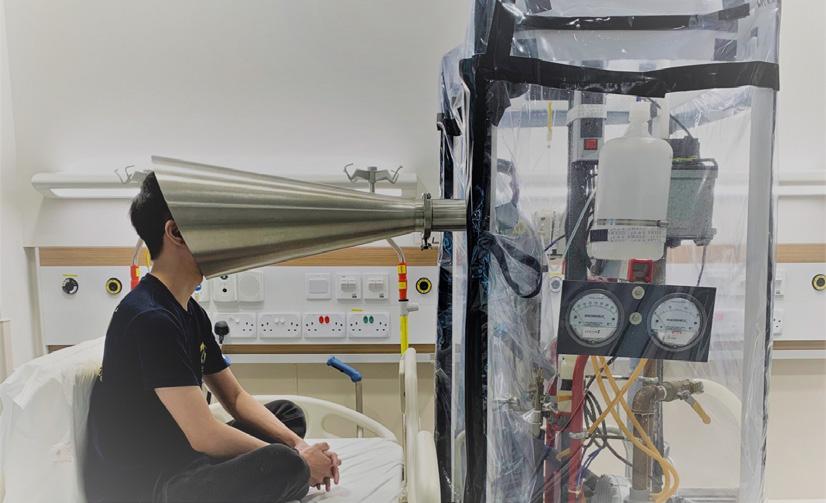


NUS physicists have collaborated with an international team of researchers to develop a novel molecular memristor, or an electronic memory device, that has e ce tion e ory reconfg r bi ity
Unlike hard-wired standard circuits, the o ec r e ice c n be reconfg re using voltage to embed different co t tion t s s e energy effcient new technology, which is capable of enhanced computational power and speed, can potentially be used in edge computing, as well as handheld devices and applications with limited power resource.
Associate Professor Ariando from the NUS ysics s i is or is signifc nt breakthrough in our quest to design low-energy computing. The idea of using multiple switching in a single element draws inspiration from how the brain works and fundamentally reimagines the
Building on their research, the team used the molecular memory devices to run programs for different real-world computational tasks. As a proof of concept, the team demonstrated that their technology could perform complex computations in a single step, and could be reprogrammed to perform another task in the next instant. An individual molecular memory device could perform the same computational functions as thousands of transistors, making the technology a more powerful and energyeffcient e ory o tion e te in t e midst of building new electronic devices incorporating their innovation, and working with collaborators to conduct simulation and benchmarking relating to existing technologies.


e entre on ec no ogy for n in i t t e siness c oo s ro e out recommendations on how society and org nis tions s o ro c rtifci intelligence (AI) in ways that truly promote human interests and well-being.
“Most of us interact with AI systems on a daily basis, even if we do not realise it. Many of these systems are focused on ro oting n erfor nce it t e n rro y efne go to incre se effciency n ence ro cti ity t to e o r tech efforts sustainable and build a truly humane and creative society, we need to focus on developing tech that optimises and enriches a variety of experiences that make us uniquely human.
Our recommendations guide both individuals and organisations in t eir ro c s i rofessor i e re er o n ing irector of i

NUS is collaborating with the French National entre for cientifc ese rc t e gency for Science, Technology and Research (A*STAR), and Nanyang Technological University in a ne i ion ybri rtifci inte igence programme to develop solutions that support the creation of smart cities.
e f e ye r es rtes rogr e ic is f n e by t e National Research Foundation, Singapore (NRF), aims to enhance real-time decision-making in urban-critical systems, with a focus on individuals and society at large. The DesCartes Programme will ride on the strong AI research collaborations between Singapore and France. It will focus on four areas – data and
its ic tions erif b e n e ic b e n t r ng ge processing; and human-machine/AI interaction.

In a boost to Singapore’s future-built environment landscape, the NUS Built Environment has established a new research centre to augment the digital capability of Singapore’s construction industry, accelerate 5G training and promote the adoption of 5G technologies in Smart Facilities Management (FM).
The Centre for 5G Digital Building Technology aims to play an important role in Singapore’s digital research transformation as the nation pushes to offer nation-wide 5G coverage by ecifc y it s set its sig ts to be e ing centre in digital building technology through high impact research, broad-based education, and implementing best practices. It will harness 5G connectivity, cloud-based digital twin and robotics
for Smart FM and Built Environment industry applications and seek to transform the way people design, deliver and manage Singapore’s built environment.
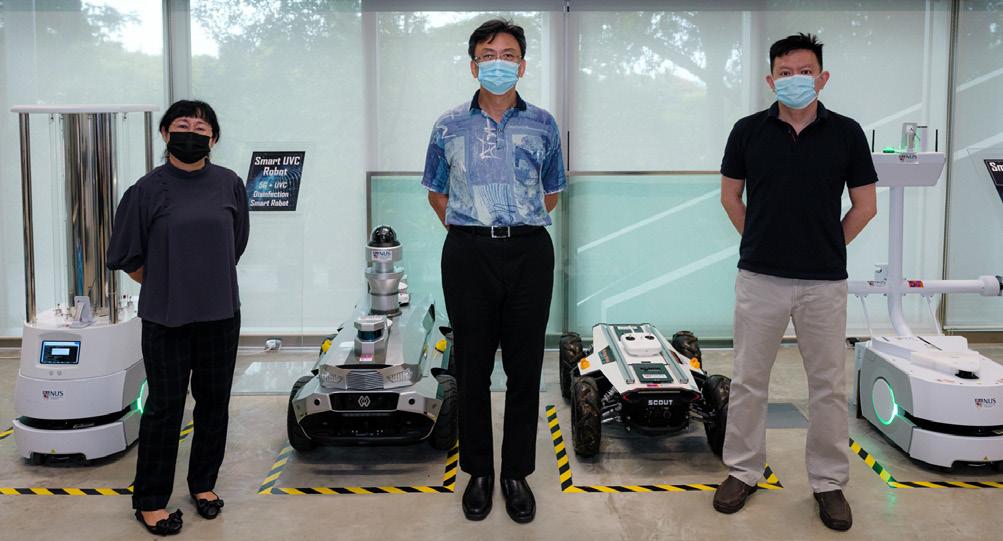
At NUS, research groups have been working on solutions to tackle the impending food security crisis. Three teams recently secured funding from the Singapore Food Agency (SFA) for their work focusing on sustainable urban food production. These projects aim to increase the productivity of local food producers

while balancing key factors like costeffectiveness, sustainability, and climate resilience. Additionally, the groups aim to develop local agri-tech R&D ecosystem, and sustainable urban food solutions to s ort ing ore s by go for food security.

This Thermal Energy Storage (TES) technology solution, jointly designed and e e o e by n e e te t ses ne se nge Material (PCM) that can store and release cold energy as it changes between liquid and solid states. The stored cold energy is gradually released in a district cooling
ig o nt in si ic refers to the Tibetan Plateau and the surrounding high Asian mountains, is home to the world’s third-largest ice reservoir and the origin of many of Asia’s large rivers. In fact, these rivers are crucial lifelines for a third of the world’s population.
e ri ers in re e eriencing incre se r noff n se i ent es fro ife c i te c nge g cier

melt and permafrost thaw. To examine the i ct of t ese eno en on Professor Lu Xixi and Dr Dongfeng Li from NUS Geography, Faculty of Arts and Social Sciences led an international team of researchers to conduct a new analysis of observations of headwater rivers in the area.
plant to mitigate cooling peak loads in commercial buildings. This new invention has demonstrated that it could improve the energy carrying capacity by up to three times as compared to a conventional chilled water storage system, and yield more than 10% in cost savings annually.

From novel processes to produce hydrogen to innovative ways to capture, use and store carbon dioxide, eight teams led by NUS researchers have recently been awarded funding under the Low-Carbon Energy Research Funding Initiative (LCERFI) to develop cutting-edge lowcarbon energy technology solutions. They are among the 12 projects – selected from more than 50 research proposals – to receive a total of S$55 million in research grants from the Singapore Government.
ffce of t e e ty resi ent ese rc ec no ogy
nus.edu.sg/research